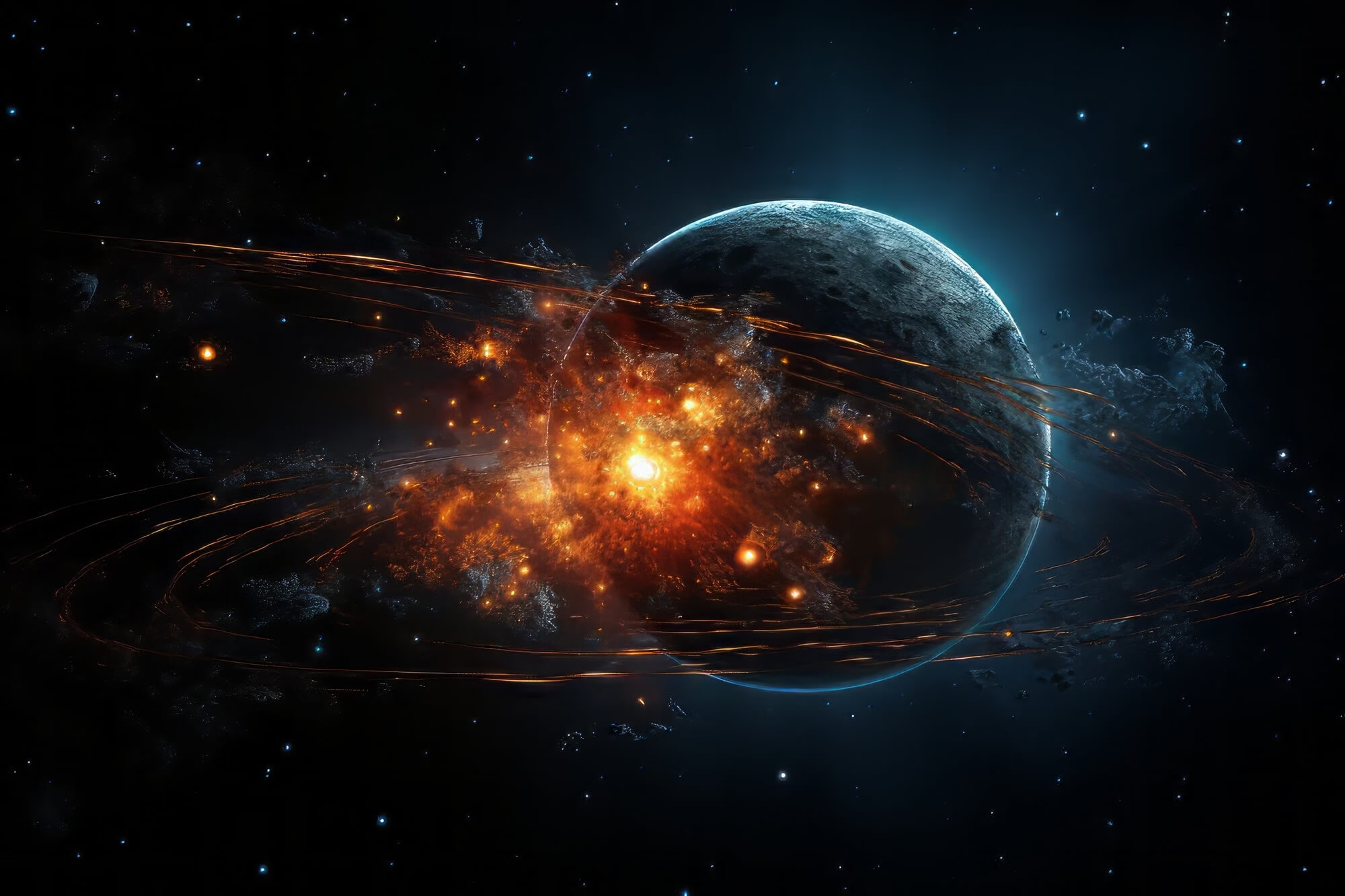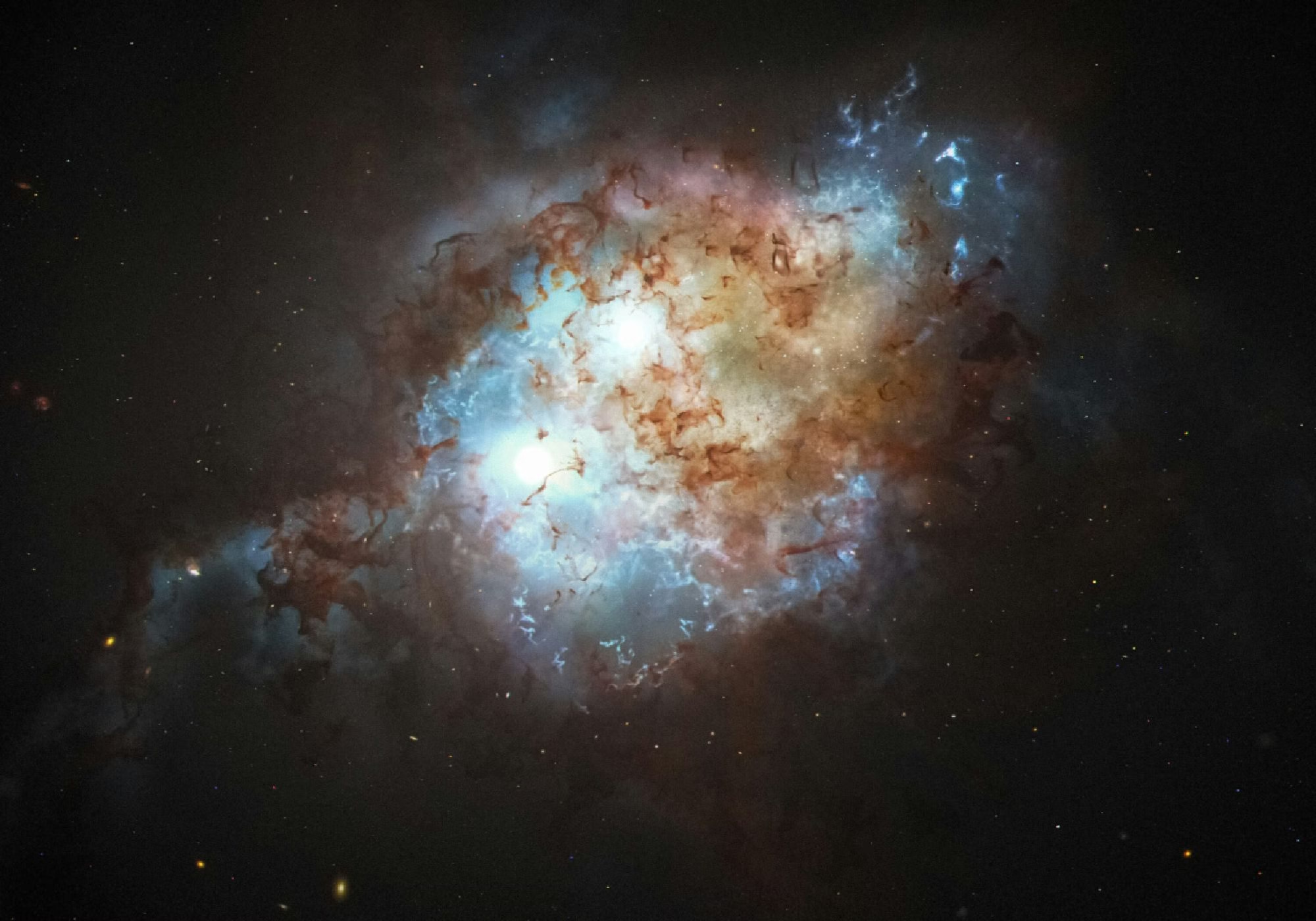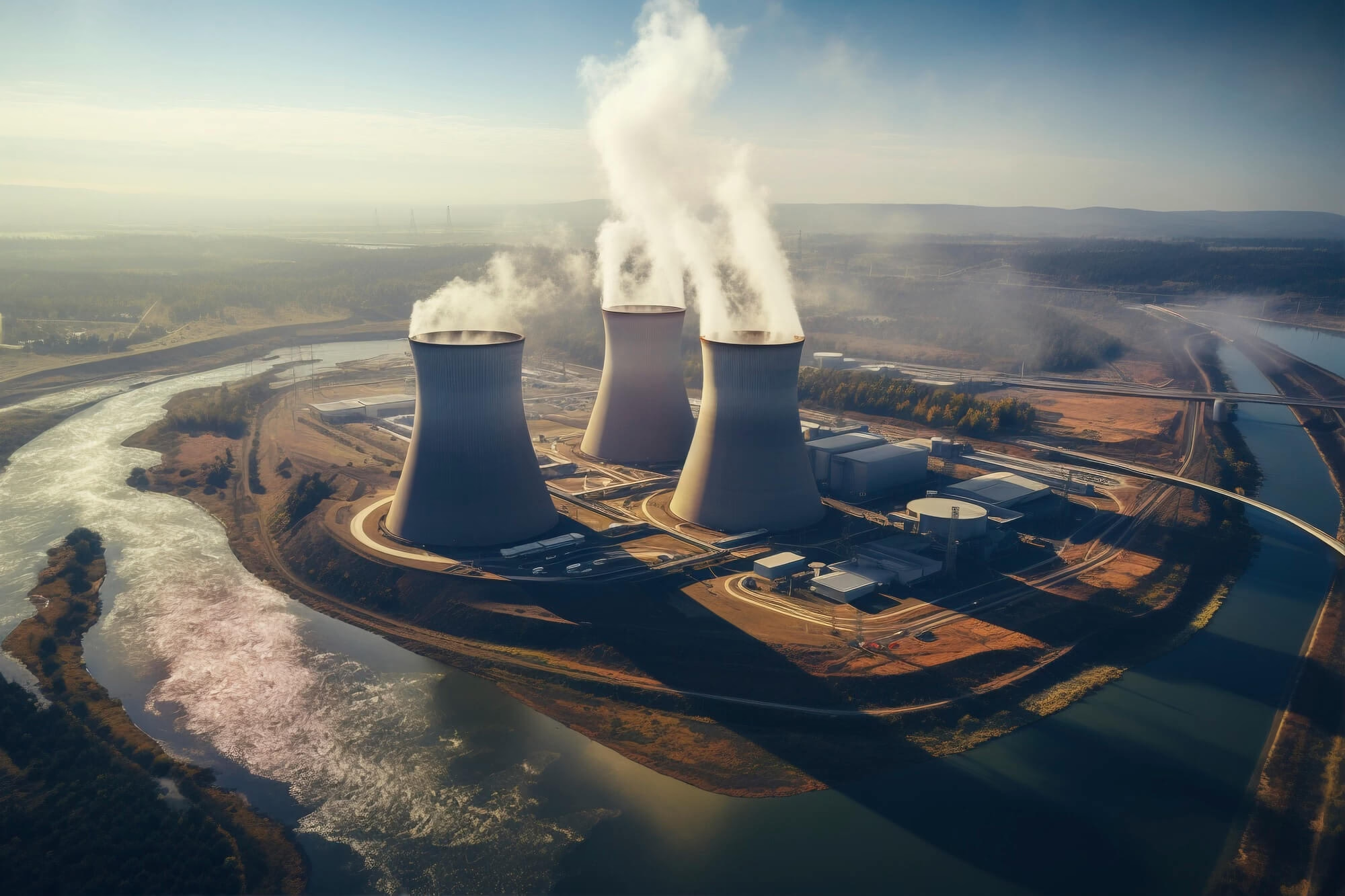Dark matter constitutes about 85% of matter in the universe, essential for galaxy formation due to its gravitational forces. It attracts ordinary matter, leading to the creation of galaxies. Evidence from galaxy rotation, cosmic microwave background, and large-scale structures supports its role. Ongoing research aims to unveil dark matter’s mysteries and influence.
Explain the Lifecycle of Stars | Birth to Black Holes
The lifecycle of stars begins in nebulae and involves stages from protostar to main sequence, red giant, and supernova. Massive stars end as black holes, while smaller stars become white dwarfs. This cosmic cycle illustrates the interconnectedness of the universe, highlighting the transformation of stardust into celestial phenomena.
How to back up and Restore Data Using Cloud Storage
In the digital age, securing data is vital, and cloud storage provides a reliable backup solution. This guide explains how to set up cloud storage, back up essential files, and restore them easily. By using services like Google Drive or Dropbox, users can access their data anytime, ensuring its safety and accessibility.
Impact of Radioactive Decay in Nuclear Reactors Design
Nuclear reactors have revolutionized how we generate electricity, offering a powerful alternative to fossil fuels. However, a critical factor behind their impressive capabilities is radioactive decay. Specifically, this process, where unstable atoms release energy from their nuclei, plays a significant role in designing nuclear reactors. Consequently, understanding how radioactive decay impacts reactor safety, efficiency, and overall functionality is crucial. Let’s examine how these effects shape reactor design and performance. What is Radioactive Decay Radioactive decay involves the transformation of unstable isotopes into more stable forms, while simultaneously releasing radiations. This radiation, in turn, can take the form of alpha particles, beta particles, or gamma rays. Consequently, each type presents unique challenges and considerations for reactor design. Key Considerations in Reactor Design 1. Heat Generation Radioactive decay generates enough heat, which is used to produce electricity in reactors. Precise management is required to avoid overheating the heat from fission reactions in the reactor core. Designing effective cooling systems becomes paramount to maintain a stable temperature. 2. Material Selection The materials used in reactors must withstand intense radiation without degrading. Engineers choose materials like zirconium alloys for fuel cladding and stainless steel for structural components due to their radiation resistance. Ensuring these materials remain strong under constant radiation is essential for the reactor’s long life. 3. Safety Measures Safety is a top priority in reactor design. Radioactive decay produces neutron radiation, which can cause serious damage if not properly controlled. The reactors incorporate a number of safety systems such as control rods and containment structures to manage neutron activity and prevent accidents. Managing Radiation Effective radiation management is crucial to protect both the reactor and its surroundings. Here are some strategies employed in reactor design: Innovations in Nuclear Reactors Design The nuclear industry constantly looks for innovations to enhance reactor performance and safety. Modern designs such as pressurized water reactor (PWR) and boiling water reactor (BWR) incorporate advanced features to better manage radioactive decay. 1. Passive Safety Systems Passive protection systems rely on natural forces such as gravity and convection to maintain safe reactor conditions even during power outages. These systems reduce dependence on mechanical components, reducing the risk of failure. 2. Modular Reactors Modular reactors offer a flexible and scalable approach to nuclear power. These small reactors can be built offsite and assembled on location, reducing construction time and costs. Their design prioritizes increased safety and improved efficiency. Future Prospects The future of nuclear reactor design looks promising, with ongoing research focused on exploiting radioactive decay more effectively. Innovations such as thorium reactors and fusion reactors have the potential to provide even safer and more sustainable nuclear power. Conclusion Radioactive decay is a cornerstone of nuclear reactor design, significantly impacting everything from heat management to material selection and safety measures. By thoroughly understanding and effectively addressing the challenges posed by radioactive decay, engineers can continue to advance the field of nuclear power. Consequently, these advancements pave the way for a cleaner and more efficient energy future.




